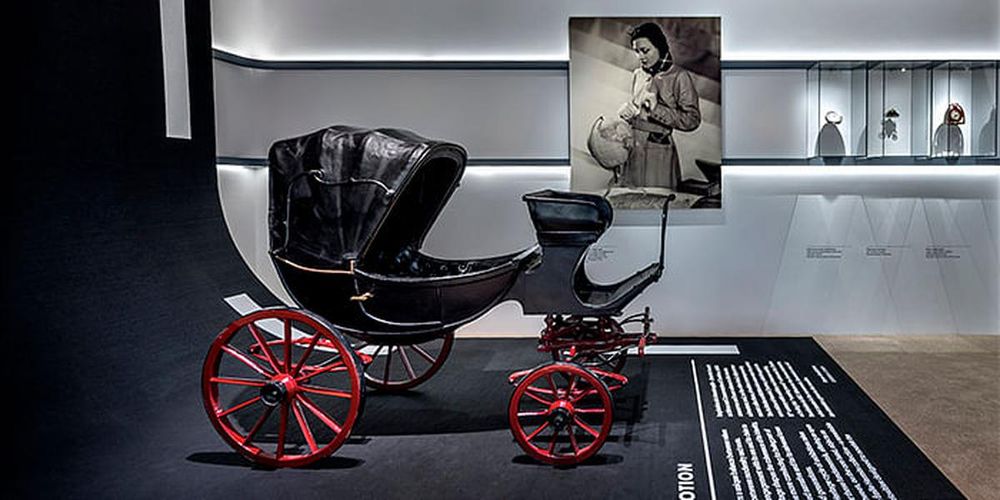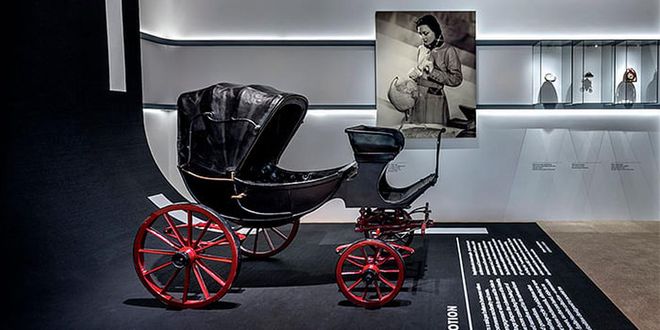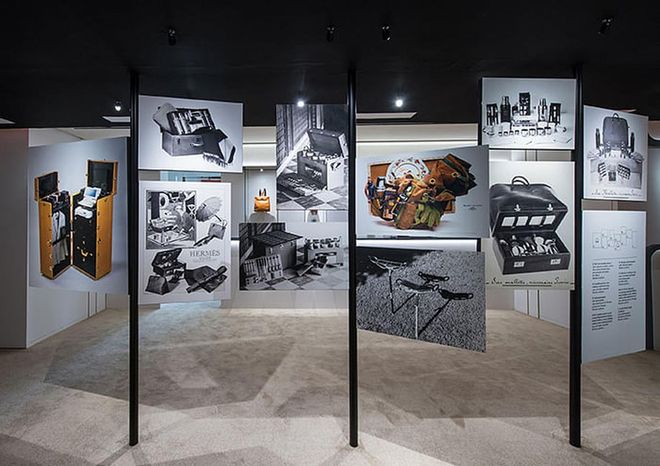

Courtesy: Hermes
Hermès is touted as one of the pinnacles of French luxury, but how many of you are aware that Thierry Hermès is actually from Germany? He was born in Germany to a French immigrant father. And in 1828, the Hermès family moved to Pont Audemer, in Paris, where Thierry learnt the leather making trade and began crafting harnesses. Back in those days, the primary mode of transport was either riding on horses or in a horse-led carriage. So, most of Thierry's work comprised of equestrian commodities like saddles.
Related article: Amal Clooney Pulls Off Head-to-toe Plaid For A Night Out In Rome
Today, however, Hermès is considered the acme of luxury. From their iconic Carré (square) silk scarves to the coveted Birkin bag, everything is made with attention to the minute details and their customer's comfort and satisfaction in mind. Which speaks to brands history of providing travellers and nomads with the perfect luggage to keep them comfortable during their journey. One could say that despite its opulence and aristocratic idiosyncrasies, Hermès, as a brand, is actually quite whimsical. After all, word on the street is that horses were their first clients.

Courtesy: Hermes
For a true insight on the history of Hermès, you might want to visit their ongoing exhibition, aptly named Hermès Heritage — In Motion. The exhibition comprise three main collections: the Emile Hermès Collection, Hermès Collection of Creations and their Contemporary Collection.
Related article: How Technological Innovation Is Changing The Face Of Fashion
The most riveting pieces in the exhibition are the Emile Hermès Collection pieces. They are bits and bobs collected by Emile, the second generation of Hermès, along his travels and at auctions. His collection spans somewhere around 12,000 pieces and are usually kept in the Emile Hermès Museum which sits on top of the brand’s flagship store at Faubourg Saint-Honore street in Paris. The museum is off-limits to the public and only selected Hermès staff are allowed inside. So, unless you're planning on joining the ranks of their métier anytime soon, this is probably your only chance to take a peak at Emile's collection. There's also a few notable pieces in the Hermès Collection of Creations, which are antique Hermès pieces, such as the Hurricane Storm-resistant pipe.
With less than a week left to visit the exhibition, here's our top must-see pieces, if you're pressed for time:
The Hermès Heritage — In Motion exhibition is at Hermès, 541 Orchard Road, Liat Towers and is open daily from 10.30am to 8pm until Sunday, 19 May. Admission is free.
Related article: How Zac Posen Created Five Of The Met Gala’s Most Innovative Looks